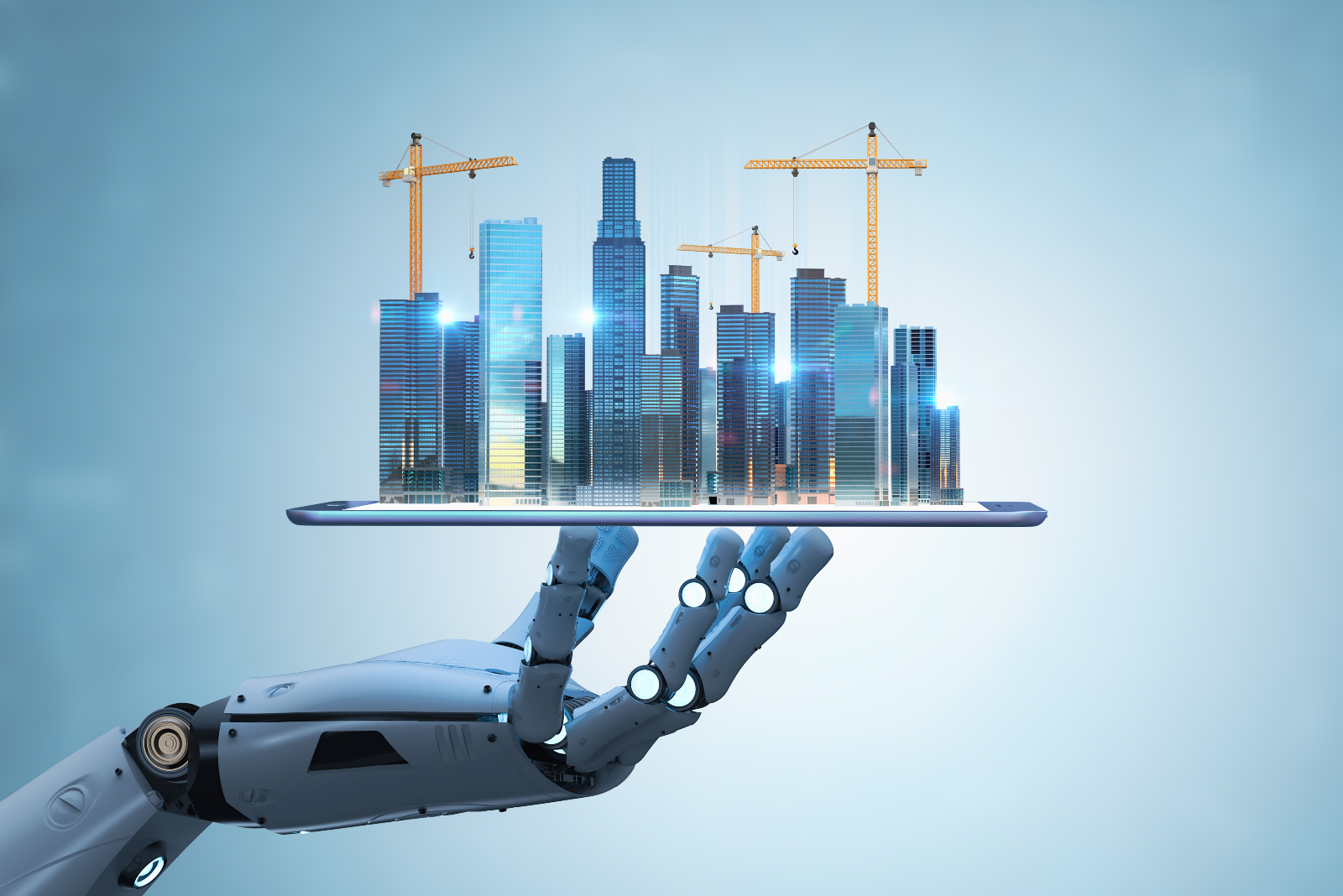
Over the past few months, we’ve witnessed a race in the launch of Artificial Intelligence (AI) technology that has been trained to interact with humans in a conversational way.
Natural language models like Open AI’s ChatGPT and Google’s Bard can produce pieces of creative writing, translate copy, summarise lengthy texts, access vast amounts of data to answer queries and have a human-like conversation. Whilst experimenting with these technologies can be both useful and fun, this has got us wondering whether AI might soon be taking on other creative work such as designing a building (or perhaps it is already)? Take a look at what we found out in this week’s blog.
The advancement of AI
Over the past two decades, advancements in the development of Artificial Intelligence have been incredible. Because of this, we now have computers that can understand and respond to human language, make decisions, learn from what they do and improve their performance. Alongside ChatGPT and Bard, our digital world is made up of numerous other AI-powered chatbots and virtual assistants.
While some people see these developments as exciting, others are more cautious, particularly with regards to the issue of how AI might be leading to the replacement of humans in the workplace.
A recent report by the investment bank, Goldman Sachs, claims that AI could soon replace the equivalent of 300 million full-time jobs (18% of work globally). With more advanced economies seeing a greater impact, the report predicts thattwo-thirds of jobs in the U.S. and Europe ‘are exposed to some degree of AI automation’, and around a quarter of all jobs in these economies could be performed by AI entirely. Could the work involved in designing a building be one of those at risk?
How AI is affecting architecture
Whilst the work of an architect is complex and doesn’t involve the high levels of repetition that’s associated with jobs most at risk of being entirely taken over by AI, the world of architecture is in fact already undergoing something of a revolution in its use of AI technology.
By working with AI, architects are now able to access vast amounts of data and use it to design buildings that meet all their clients’ needs – being visually aesthetic, energy efficient and cost-effective. Here are three ways AI is impacting on the field of architecture.
1. BIM
AI-powered Building Information Modelling (BIM) software is already being used by architects to create highly realistic and detailed 3D models and virtual walkthroughs of buildings; to quickly generate and test different design options; and to analyse data such as the energy usage of a building. With this type of AI support, architects can basically bring their vision to life long before any actual building work takes place.
2. Design visuals and technical documentation
Architecture not only involves the creation of building designs but also a lot of technical written documents such as a Design and Access Statement. Experts now say that AI could impact on both of these areas of work. There are already services like Midjourney which can quickly generate photo-realistic architectural visuals and of course, we already have access to AI like ChatGPT, Bard and Chatsonic which can draft written technical descriptions in a fraction of the time a human would need.
3. Virtual reality (VR)
Another way in which AI is revolutionising architecture is through its VR applications, of which there are many. For instance, VR technology can create virtual walkthroughs of buildings, allowing clients or other interested parties to view and experience them from different perspectives. VR can also be helpful with things like assessing the feasibility of a project; identifying any potential problem areas; making real-time design changes; and testing/ analysing specific areas of a building’s performance like its acoustics or energy efficiency.
So, will a robot design your next home?
It’s clear that AI is already making a significant impact on architecture and, like many other fields of work, the advancement looks set to continue.
Right now, however, it appears that AI is playing more of a supporting role in architecture, bringing automation to some of the key processes but not entirely taking over from the human designer.
The feeling within the industry is that AI is ‘an extra pair of hands’ that can be used to explore and create design options more efficiently, but that clients will still seek out human designers who can question briefs and find value opportunities within a site that AI alone might not be able to. The answer to that question of whether a robot will design your next home is therefore probably not – or rather not yet!
Let us know what you think by commenting over on our Facebook or LinkedIn pages.
25.04.2023
Feature image: Freepik








